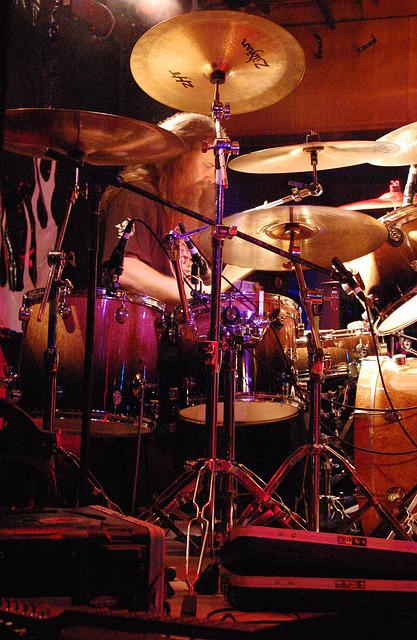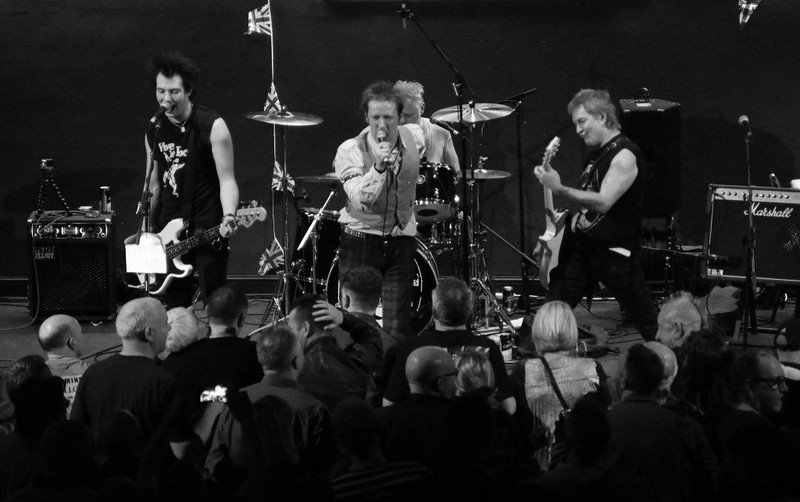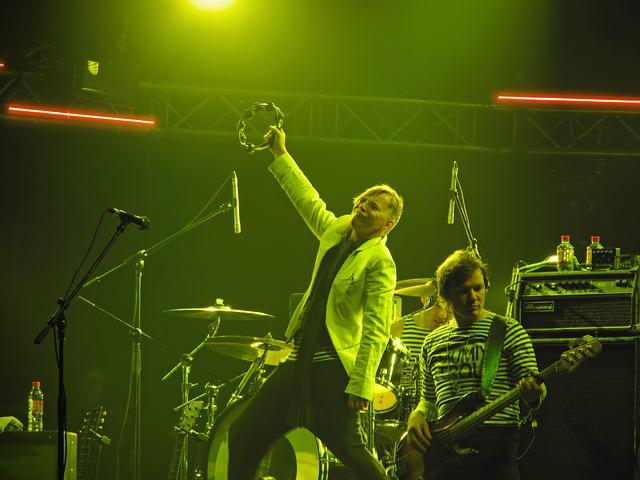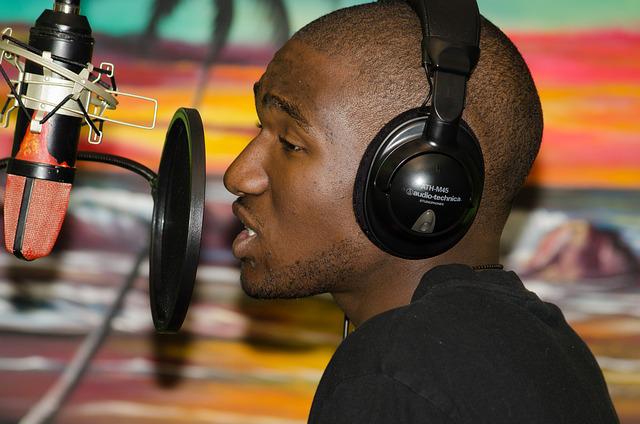BecomeSingers is reader-supported. When you buy through links on our site, we may earn an affiliate commission. Learn More
Table of Contents
What is Indie Music?

The indie genre has had various iterations to its meaning over the last few decades. Because of how loosely the term is used to describe a whole umbrella of sub-genres, it can seem quite ambiguous. But at its core, indie retains its essence – it is independent. Independent of the mainstream record labels and popular musical sensibilities. The former indicates that indie music is generally self-produced, with no financial backing from major studios. The latter indicates that there is a niche consumer of this type of music.
However, over time, indie music has also gained widespread attention, contradicting its origins. But perhaps, it is for the best, considering that indie music, in general, is considered more soulful than auto-tuned, mass-manufactured music.
These days, many ‘indie’ artists are signed to major record labels and the genre has come to resemble more the style of music as opposed to its way of production. The popular indie musicians of today, like Hozier, Alt J, Mumford & Sons, Bon Iver, Sufjan Stevens, etc., are rarely ‘indie’ in the true sense.
Let’s trace the origins of indie music and see how far we’ve come!
A Brief History of Indie Music

Indie music traces its roots to the 1970s with the DIY punk ethic. Record companies refused to sign many artists who pushed the boundaries of conventional pop music as their nonconformist approach was thought to be unprofitable.
But industry giants’ rejects were music lovers’ new fodder. These alternative artists were considered stimulating antidotes to the mainstream formulaic music by budding indie fan clubs everywhere. They were soon considered ‘misfits of music’.
Sex Pistols took the young-adult crowd by storm with their anarchic sensibility which often trapped them in instances of bad publicity. The 70s also saw the rise of Tony Wilson’s Factory Records, Chris Parry’s Fiction, and Geoff Travis’s Rough Trade. Their aesthetics were dark, intense, rhythm-centric, and heavy.
The 80s introduced us to the beloved The Smiths, who came to typify indie culture. Their albums The Queen is Dead and Meat is Murder set the benchmark for music with socio-cultural significance. As indie music’s recognition grew, the world witnessed the birth of several independent record labels catering solely to these offbeat musicians, allowing artists creative control over their material. Some of the earliest indie record labels are Def Jam, Tommy Boy, 2-Tone, and Death row. The 80s ushered in the golden age of indie music.
The 80s also brought in the age of Nirvana, who though signed as an independent band with Sub Pop, soon moved to DGC, a subsidiary of Universal in 1990. This set in motion an increasing commercialization of indie music in the mid-1990s. Artists like Blur, Pulp, and Oasis achieved unprecedented global success.
The 2000s brought to us Coldplay and Radiohead, and the boundaries between independent and mainstream music have been blurred ever since. Many critics were unhappy with the watered-down music that was being passed off as great indie music and feared a loss of authenticity. Today, indie has branched out into several sub-genres, each combining an element of mainstream while retaining the sensibility of indie.
Mentioned next are the top 6 indie music sub-genres that are popular today.
Sub-genres of Indie Music

Indie music offers room for many emerging sub-genres, some of which border on the extreme. Out of the many amusing ones like math rock, post-rock, shoegaze, chillwave, freak folk, Nintendocore, Folktronica, etc., here are our top 6 picks:
Indie Rock
Indie rock or independent rock is sometimes also called ‘college rock’ because many of the earliest indie rock bands like REM, The Stone Roses, and 10,000 Maniacs gained acclaim on campus radio stations. They did not necessarily gain much monetary success, but they have a loyal fan base among the younger crowd. Today, there are different sub-genres even within indie rock music, like lo-fi, freak folk, twee pop, etc. Some of the most popular indie rock musicians and bands include Arctic Monkeys, Pixies, The Stroke, Pavement, Modest Mouse, Interpol, Arcade Fire, The Smiths, Sonic Youth, Radiohead, etc.
Also Read: How to Sing Rock Music
Indie Folk
Indie folk derives from the essence of traditional folk music and hybridises it with contemporary acoustics. It is believed that indie folk music originated in the 1990s by rock musicians who were inspired by traditional folk melodies. This type of music generally uses simple melodies and uncomplicated instrumentations. The four most commonly used instruments in indie-folk music are drums, lead guitar, bass guitar, and rhythm guitar. They are often mellow sounding and cover themes of relationships, wanderlust, and melancholia. Some of the most famous indie-folk musicians today are The Lumineers, Of Monsters and Men, Hozier, Xavier Rudd, Bon Iver, The Shins, Sons of the East, Ben Howard, Damien Rice, etc.
Indie Rap

Indie Rap and underground hip hop are sometimes used synonymously. It encompasses the work of any hip-hop artist or rapper that is produced outside of mainstream hip-hop. This type of music often has challenging lyrics that cover socially conscious, anti-commercial, or positive messages. Indie rap takes an unconventional approach that lacks studio polish. Many of the underground hip-hop artists we know of today originated in the early 2000s, and this sub-genre has been gaining momentum since then. Some of the most renowned artists under this category are Ronsocold, R2KBaby, Curtis Roach, Glockstar Dimi, Armani White, D The Flyest, etc.
Indie R & B
Indie R & B has been a driving force in the indie world for the last few years. Several artists such as The Weekend, Miguel, Frank Ocean, Jessie Ware, FKA Twins, Sam Smith, etc., brought this sub-genre into popular consciousness. Most of the indie R & B artists are from the US and the UK. The term indie R&B was once used to describe ‘neo soul’ artists such as Aaliyah, Maxwell, D’Angelo, and Erykah Badu. Indie R & B is a subgenre of R & B, which includes others such as alt R & B, experimental R & B, emo R & B, hipster R & B, etc. It is considered more progressive and diverse than mainstream R&B.
Indie Electronica
Indie electronica, also called Indietronica is both a descriptor and a genre. It stems from indie rock, electronic music, and synth-pop, and combines elements of many genres. It first began in the early 90s and used instruments such as drum machines, synths, and digital audio workstations. BBC Radiotronics Workshop also popularised this sub-genre by introducing it by working with artists like Pink Floyd, Brian Jones, Jimmy Page, Jeff Beck, Jimi Hendrix, etc. The sounds that were created in the workshop have since been sampled by several contemporary indie electronica artists.
Indie Synthpop
Indie synth pop gained popularity in the 1970s during the indie new wave movement. Indie synth pop songs combine lively bass, upbeat vibes, full vocals, and dreamy pads. Here, the dominant musical instrument is the synthesiser, which is often also featured in alternative rock, electronic, and disco music. Some of the most well-known indie synthpop artists are Tame Impala, Neon Indian, The 1975, My Bloody Valentine, Xiu Xiu, Passion Pit, Devo, MGMT, etc.
15 Greatest Examples of Indie Music
From the long-time residents of our playlists to the newest additions, here are the top 15 examples of indie music:
- Holocene – Bon Iver
- Taro – Alt J
- Use Somebody – Kings of Leon
- Asleep – The Smiths
- Wonderwall – Oasis
- I Follow Rivers – Lykke Li
- Passing Afternoon – Iron & Wine
- Visions of Gideon – Sufjan Stevens
- Chasing Cars – Snow Patrol
- Pink Moon – Nick Drake
- Cosmic Love – Florence + the Machine
- Arabella – Arctic Monkeys
- Eventually – Tame Impala
- Nina Cried Power – Hozier
- Promise – Ben Howard
FAQs
What is indie folk music?
Indie folk music originated in the 1990s. It popularly combines the melodies of traditional folk music with modern instrumentation. Artists such as Ben Howard, Mumford & Sons, Phoebe Bridgers, etc. helm this indie sub-genre.
What is alternative indie music?
Music that is generally classified as alternative indie or alt indie include grunge, funk metal, industrial etc. They are so called because they are not a part of the mainstream music industry. They might sometimes start from the underground and later break into mainstream consciousness.
What is the indie music genre?
While indie is commonly confused as a type of music style or genre, it’s not. It’s short for independent, which means that this type of music is not financially backed by any major record labels or companies. Some people, however, categorise music styles like alternative rock, folk, or experimental music under the umbrella of indie music.
Getting out of your comfort zone and exploring different styles of music can be an adventure. If you’re interested in learning about other music genres, you would love this article on Different Types of Singing Styles and Genres.





